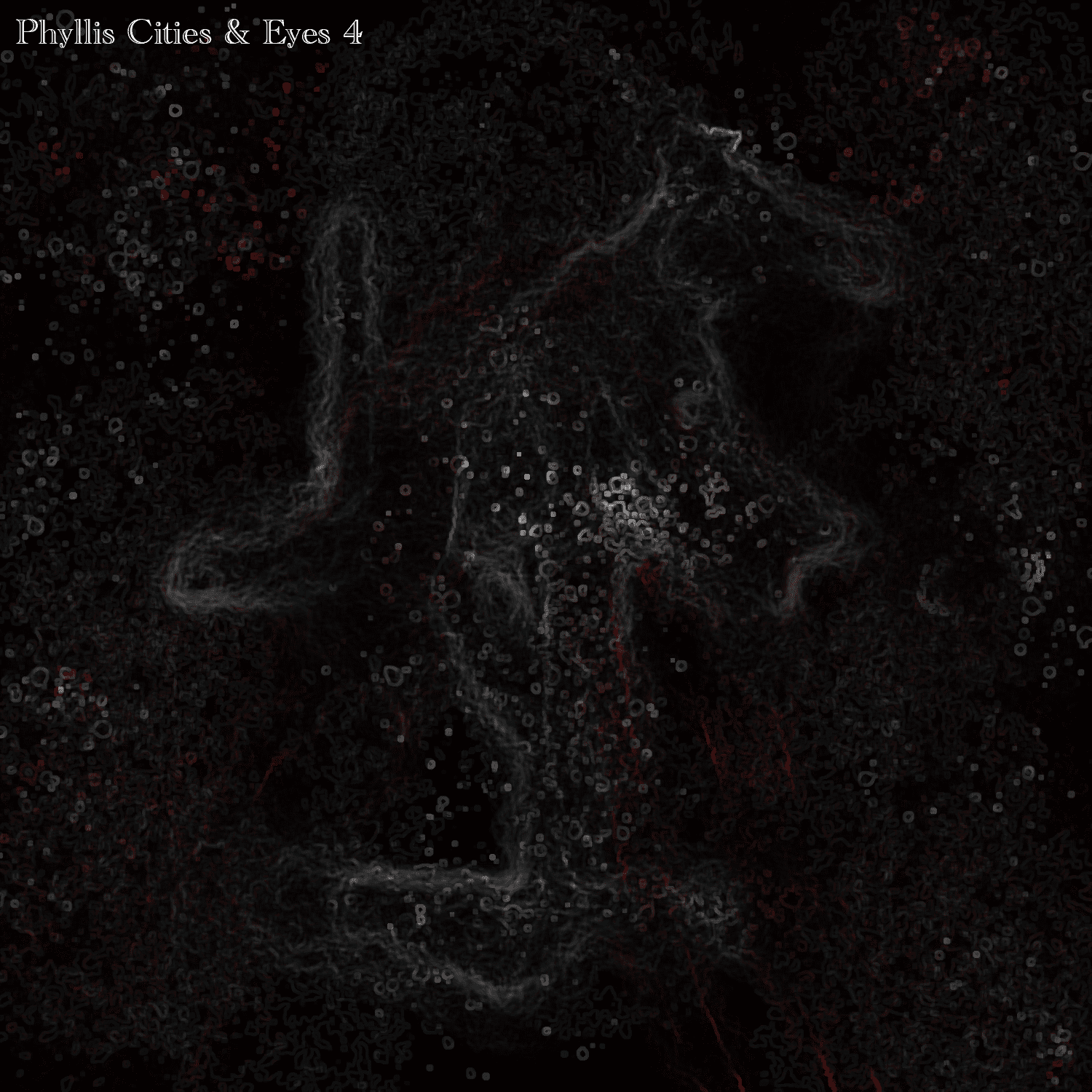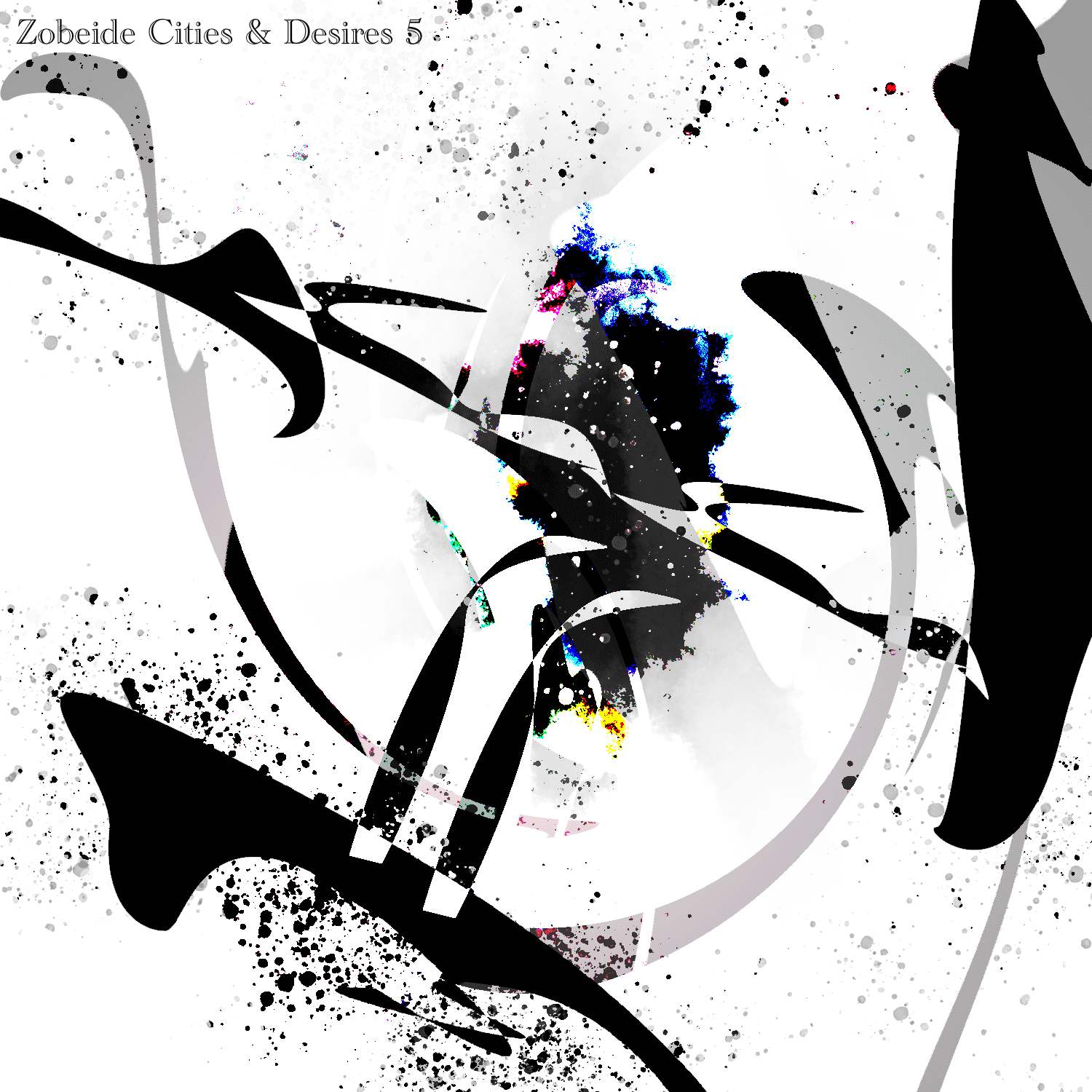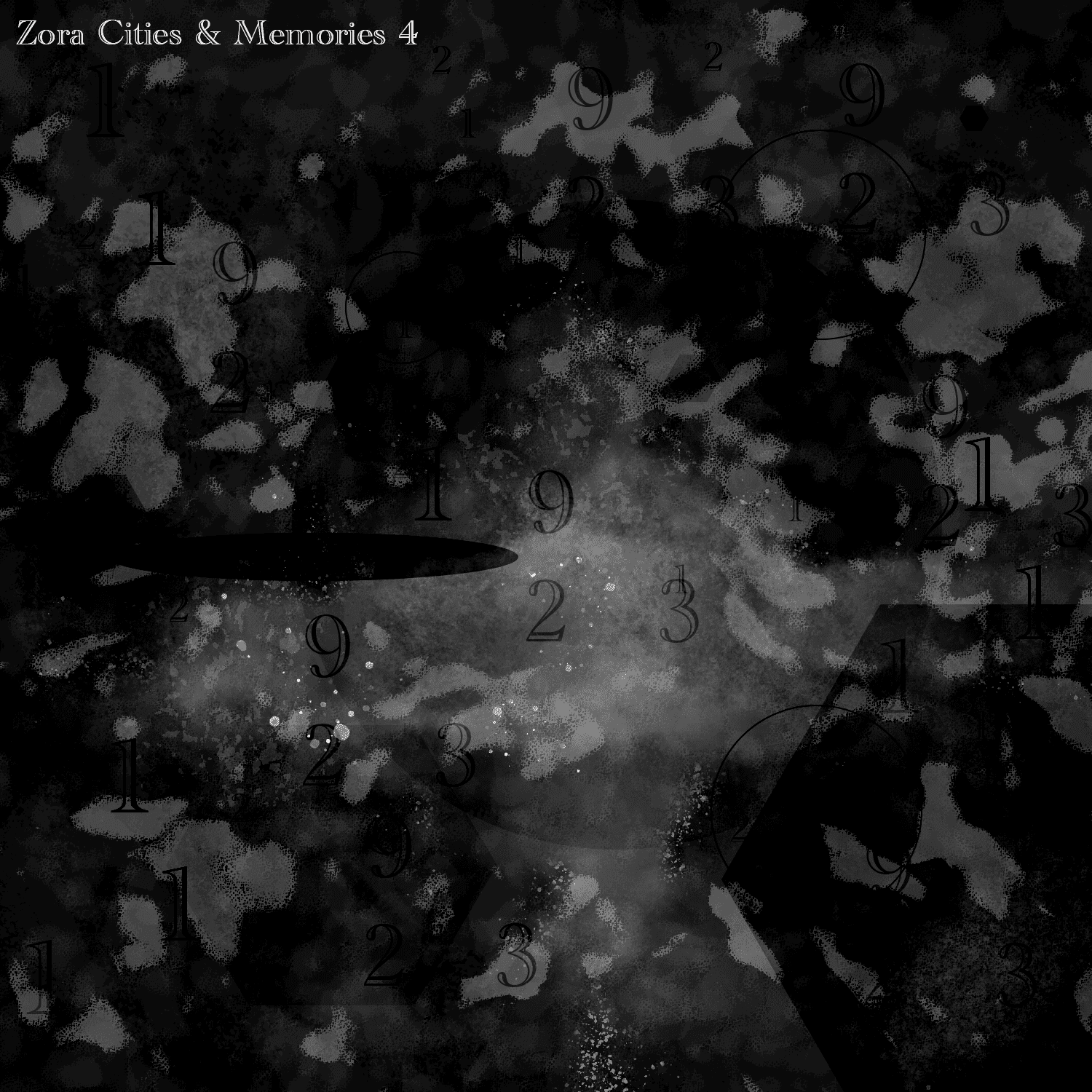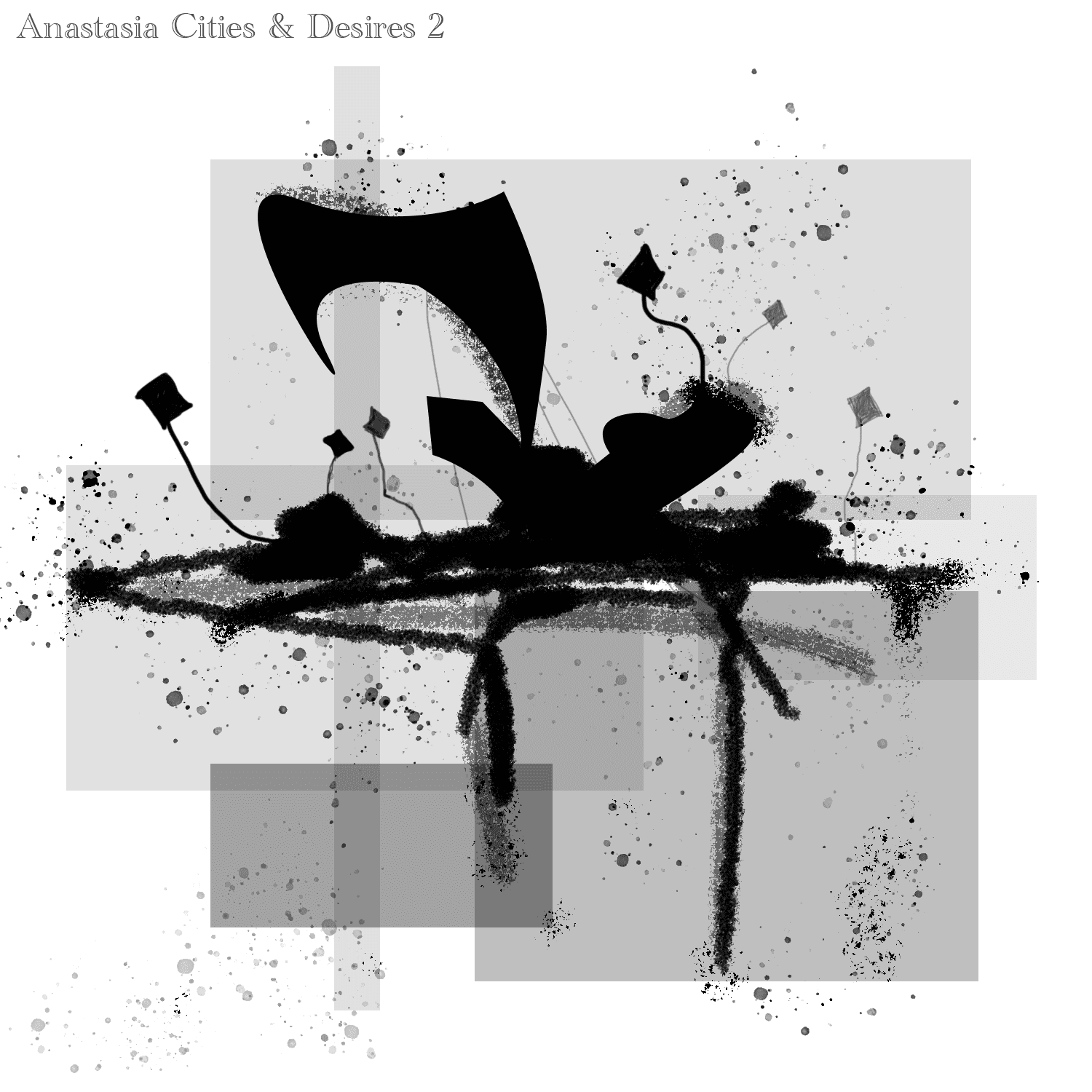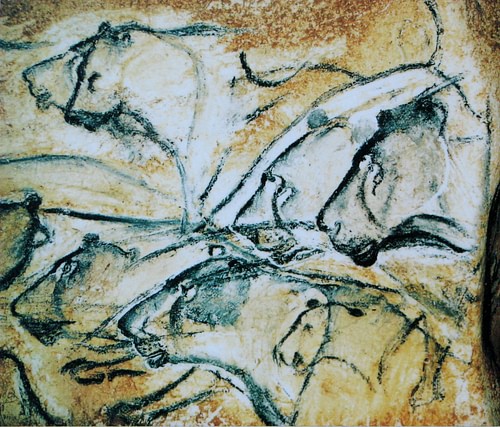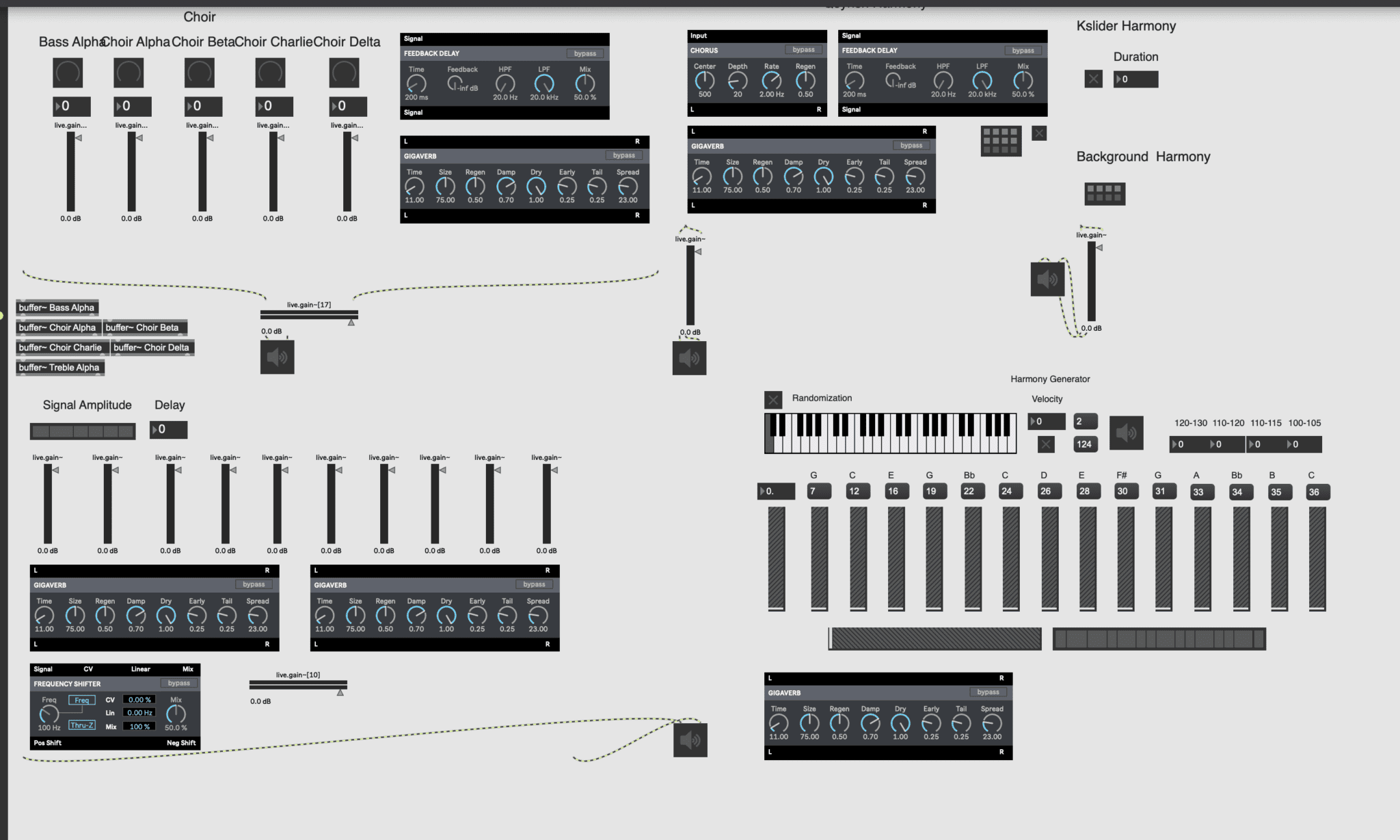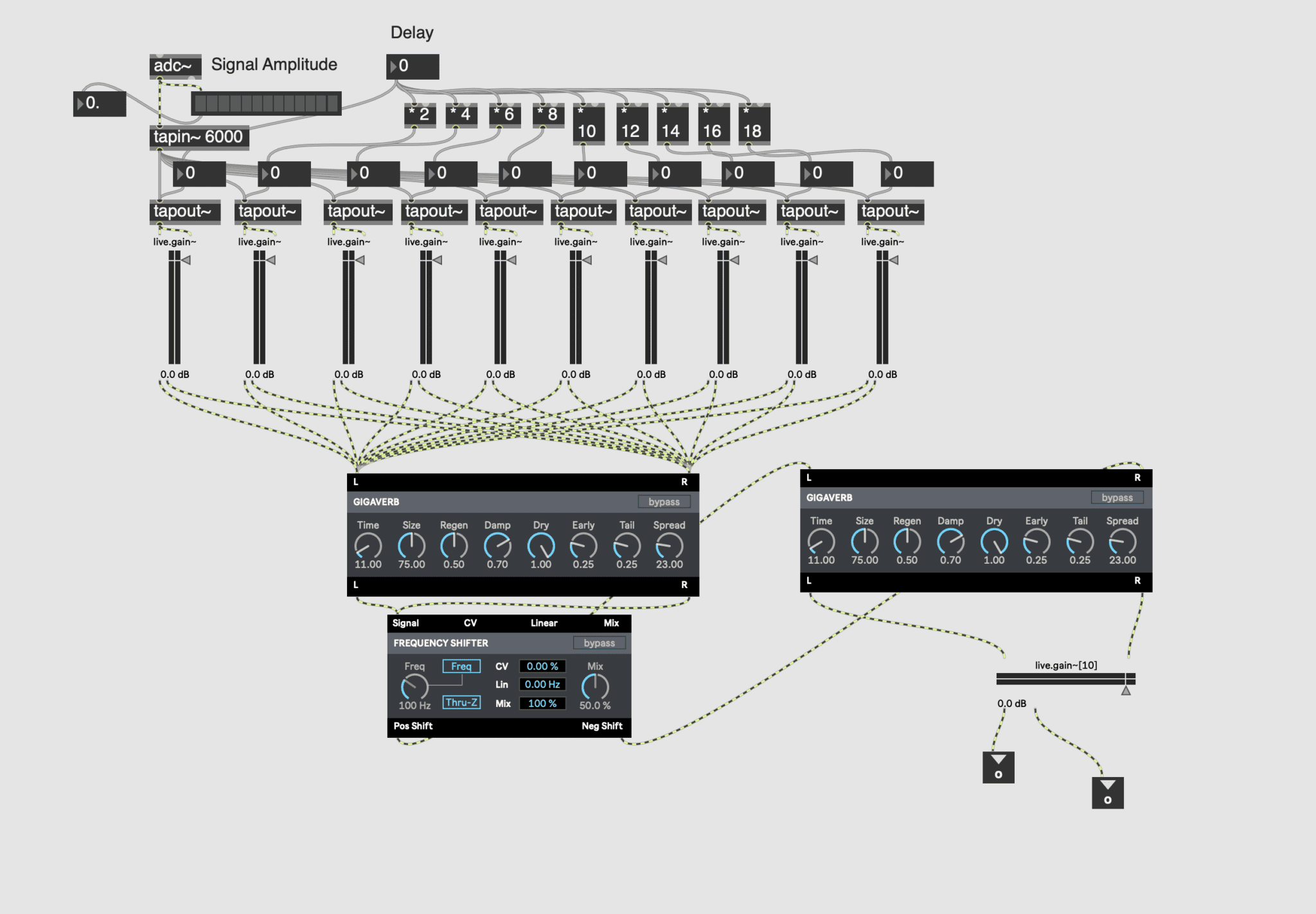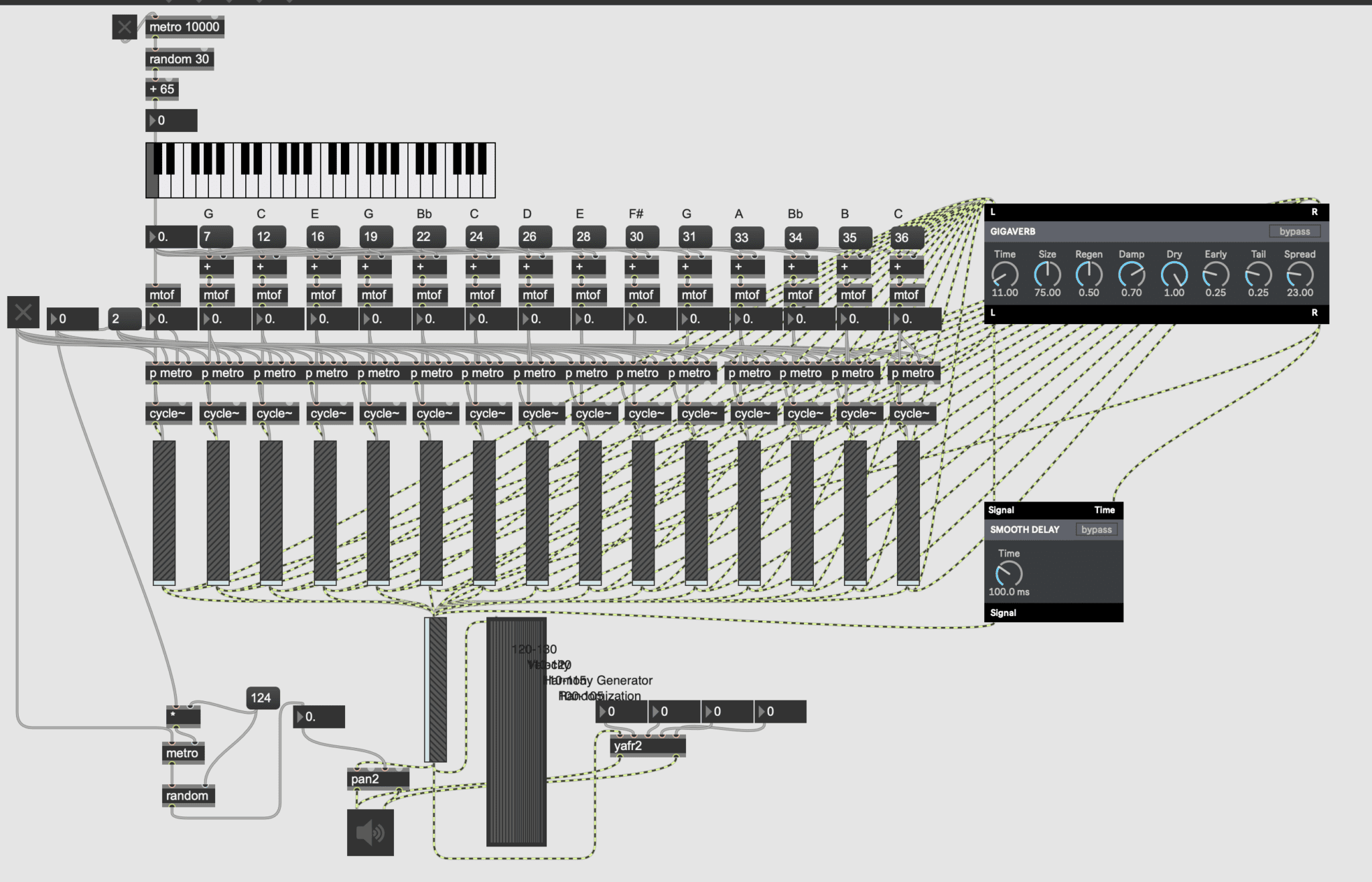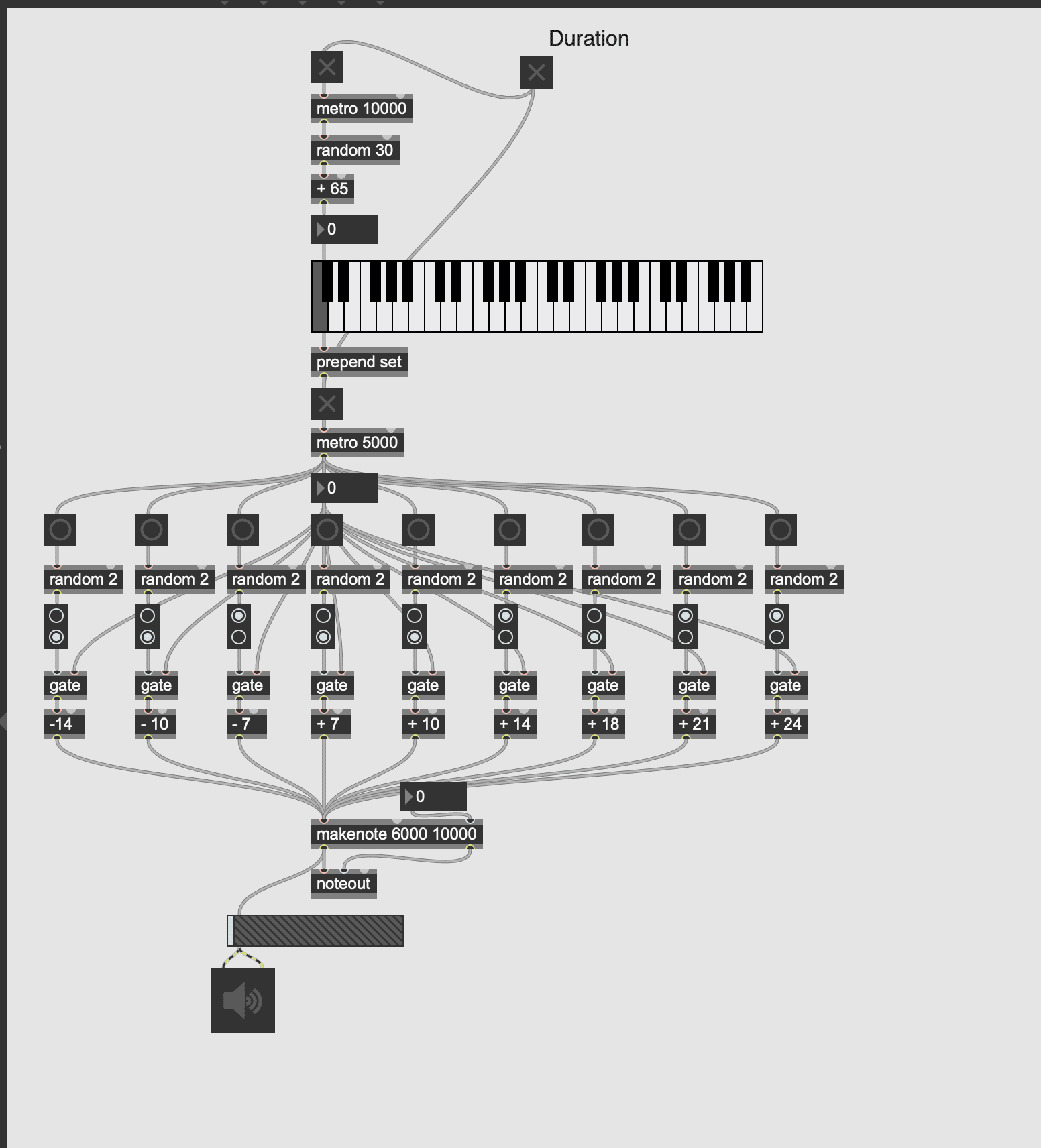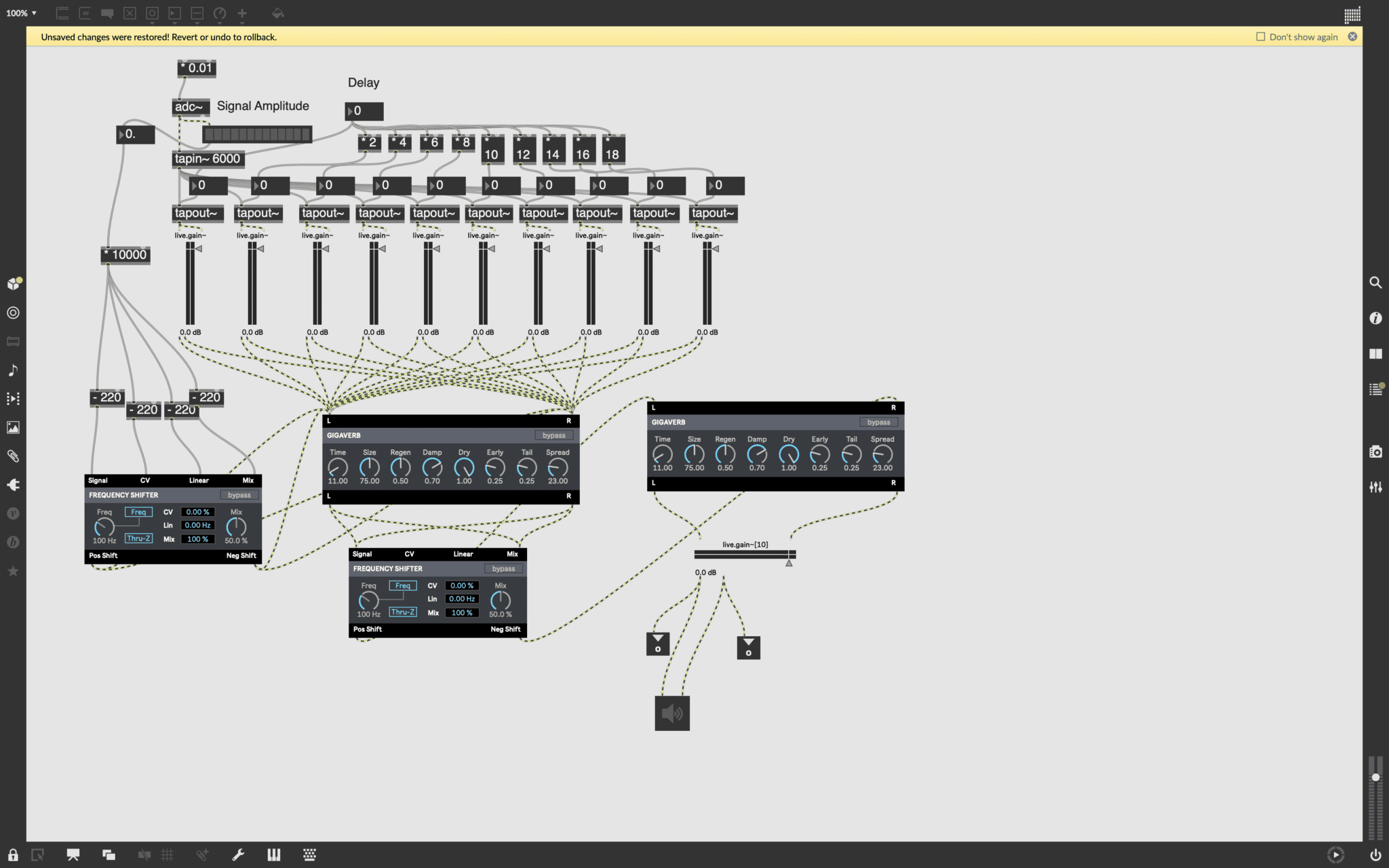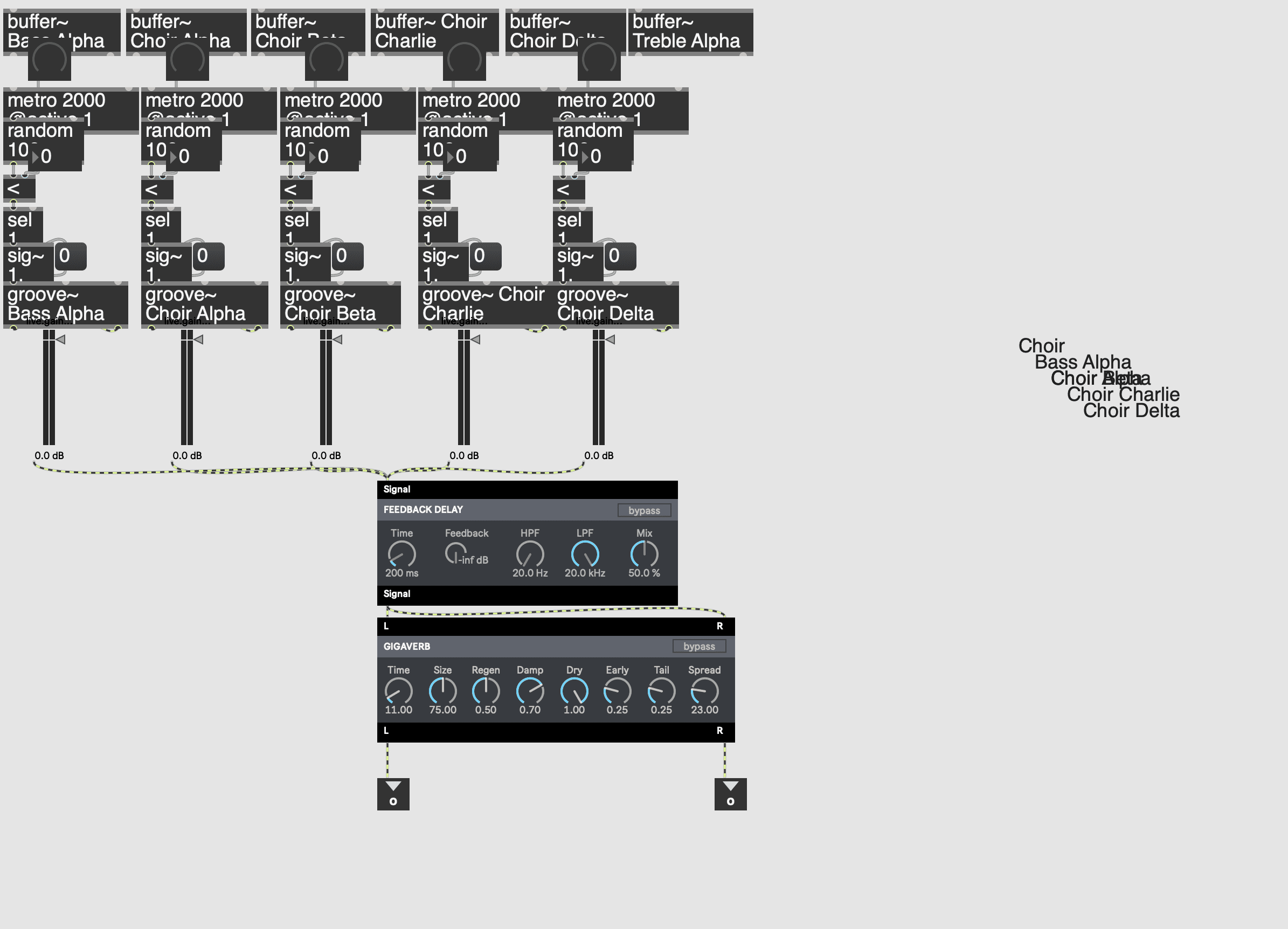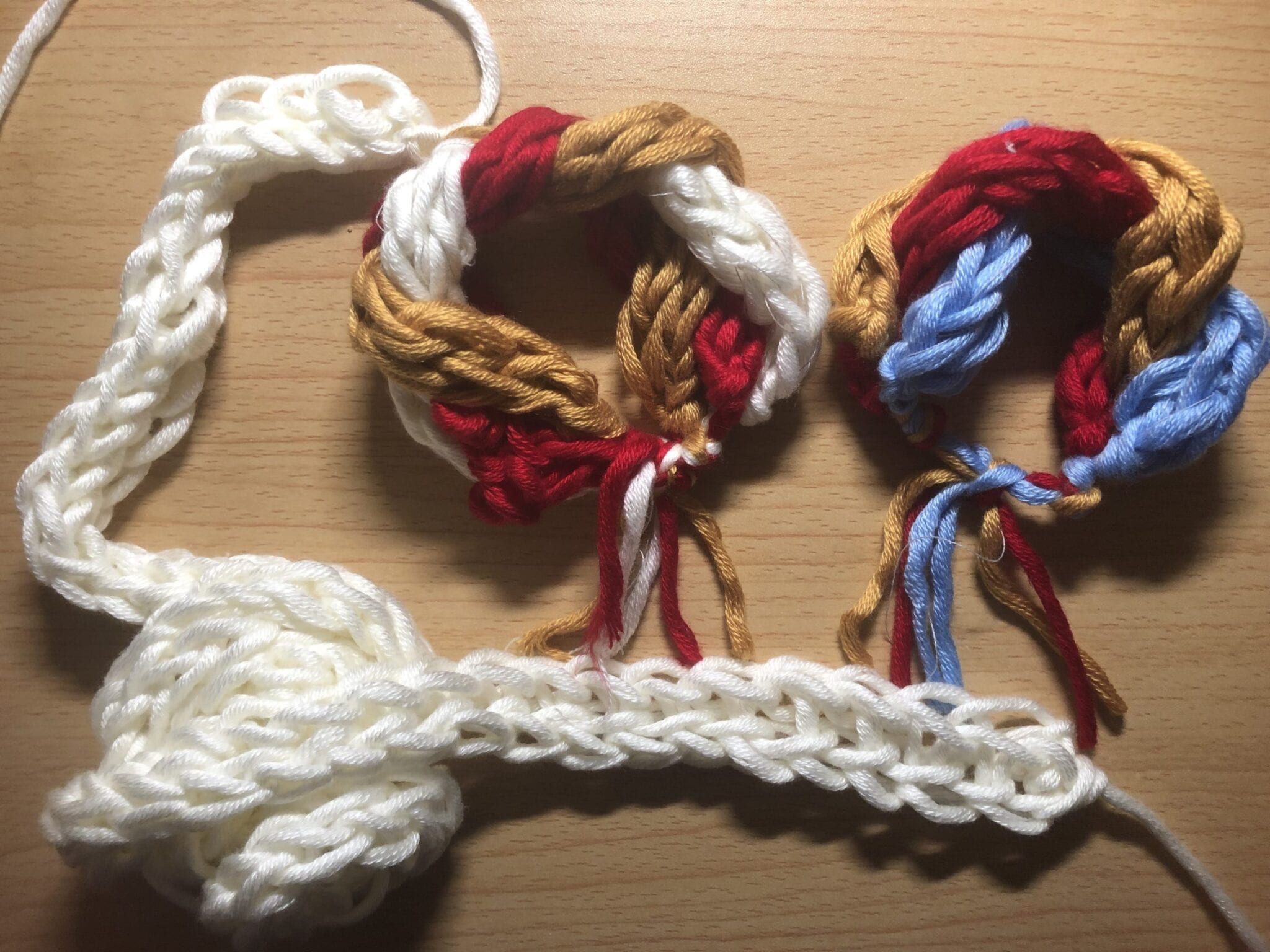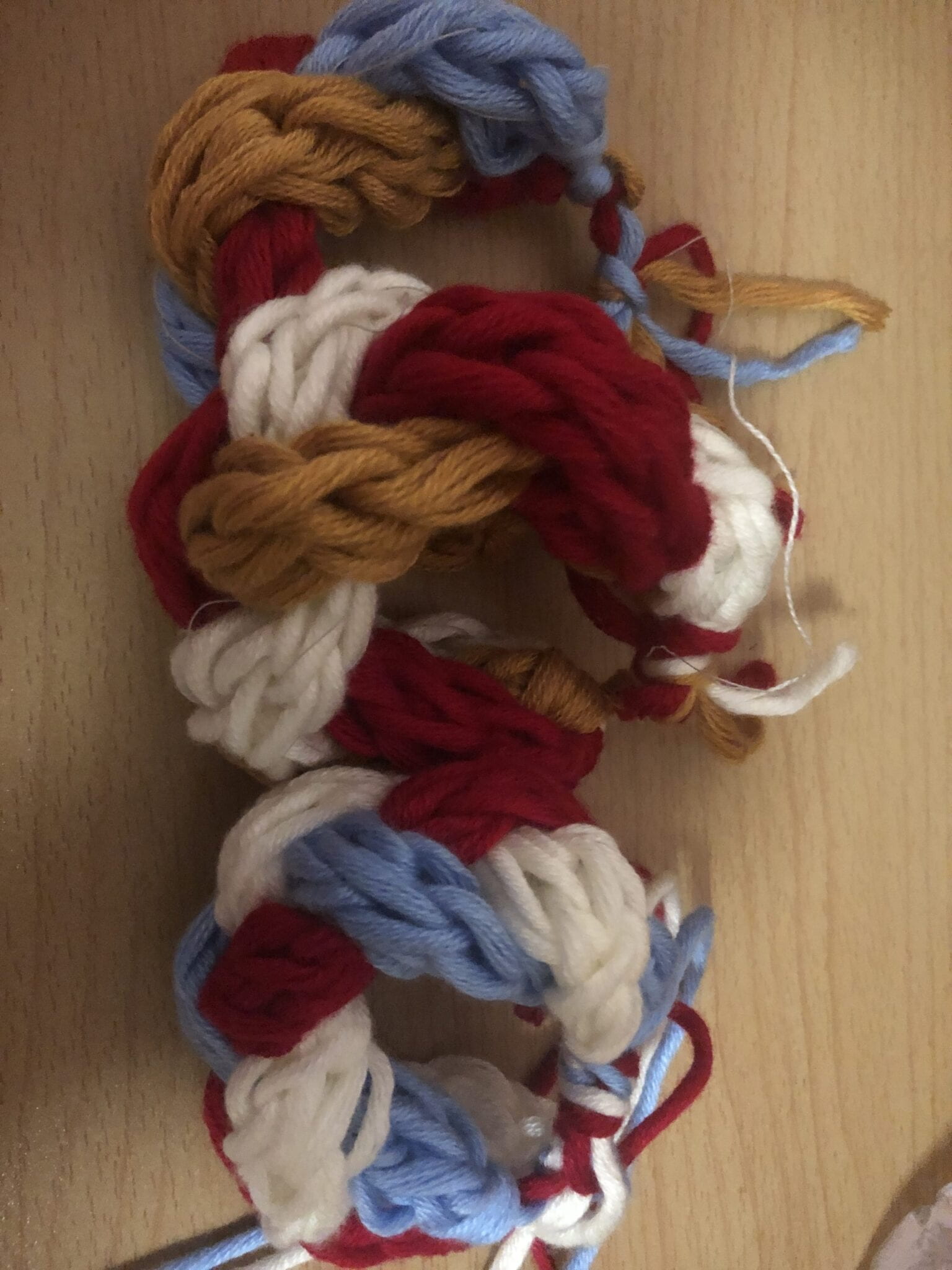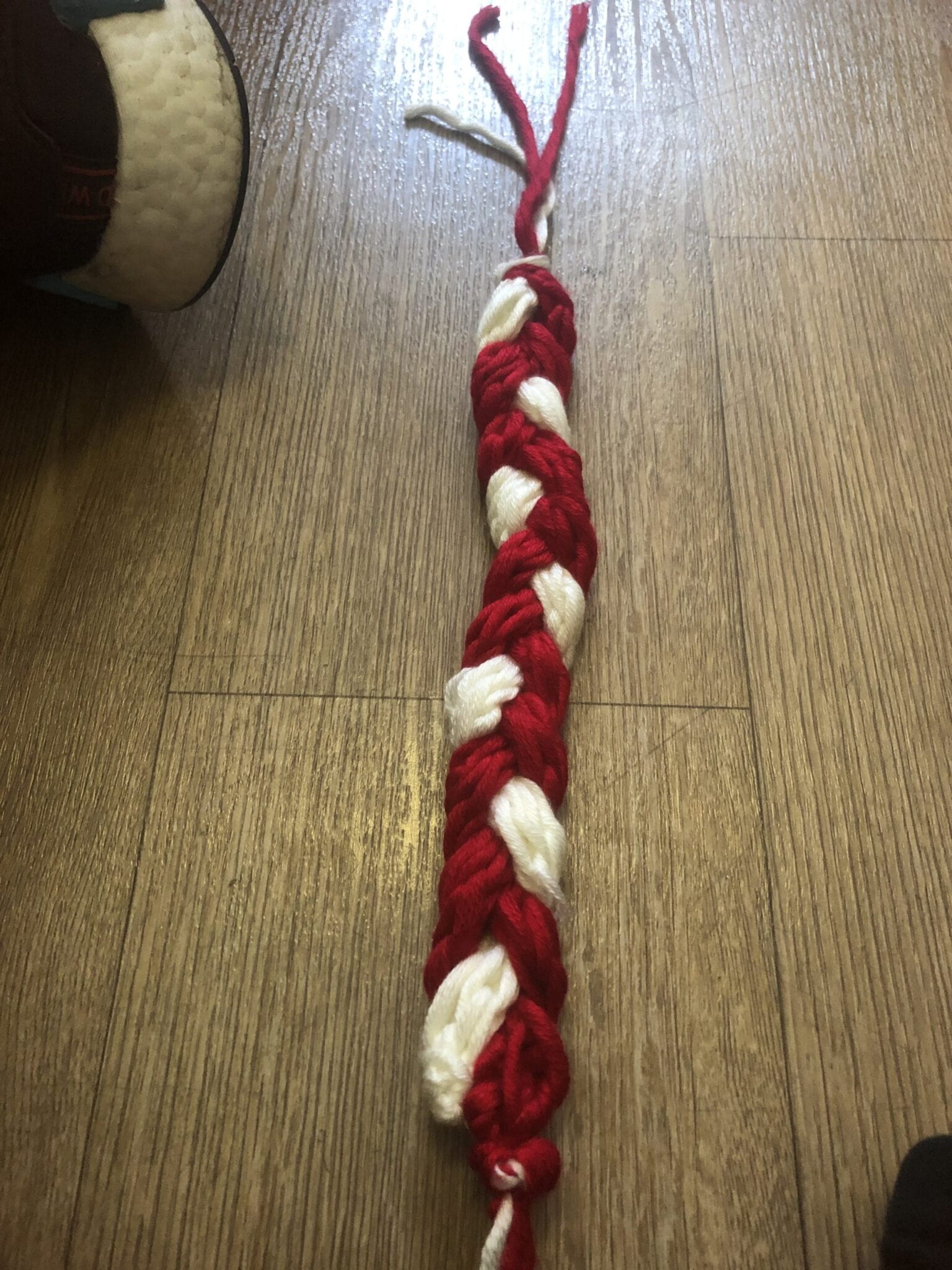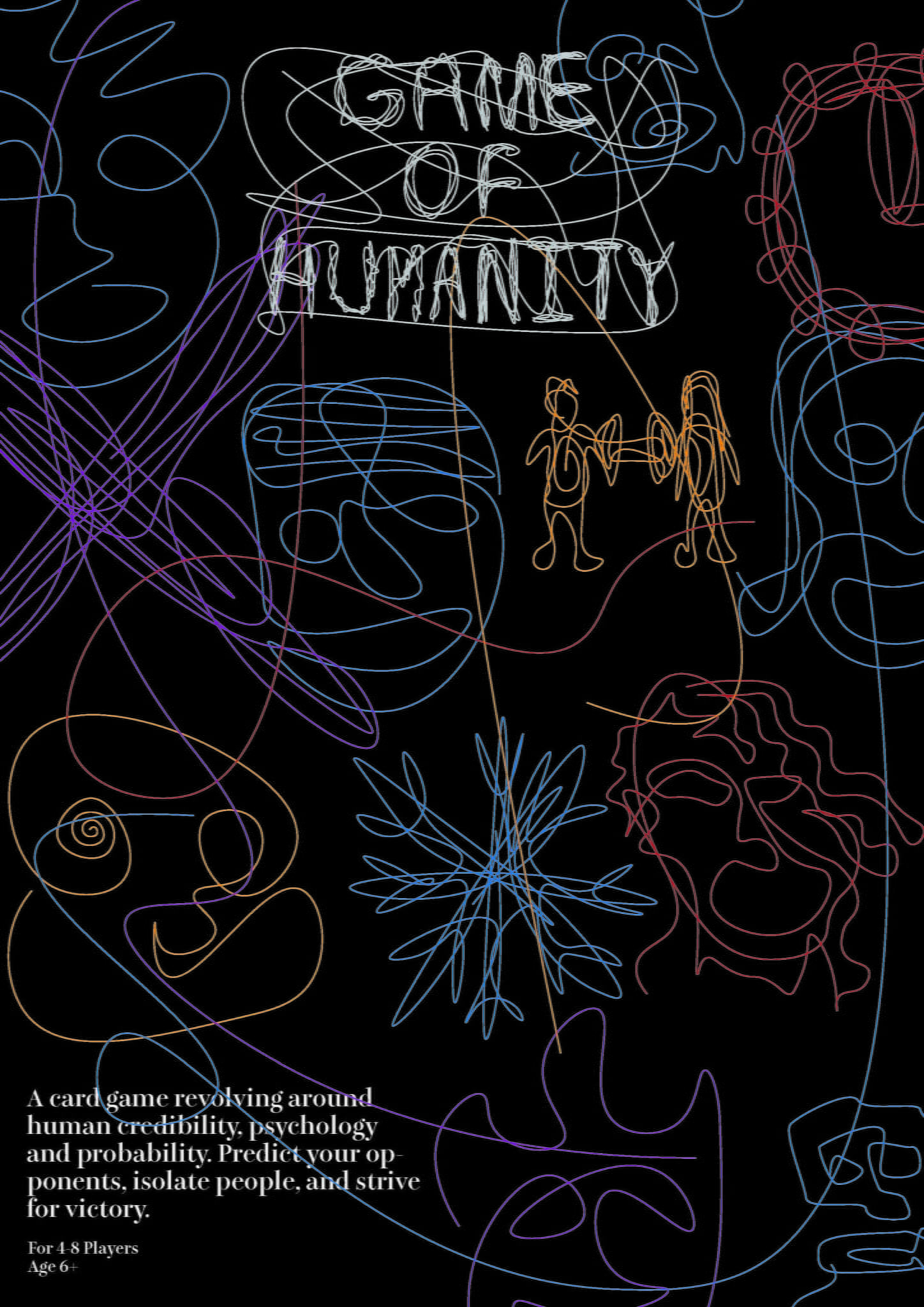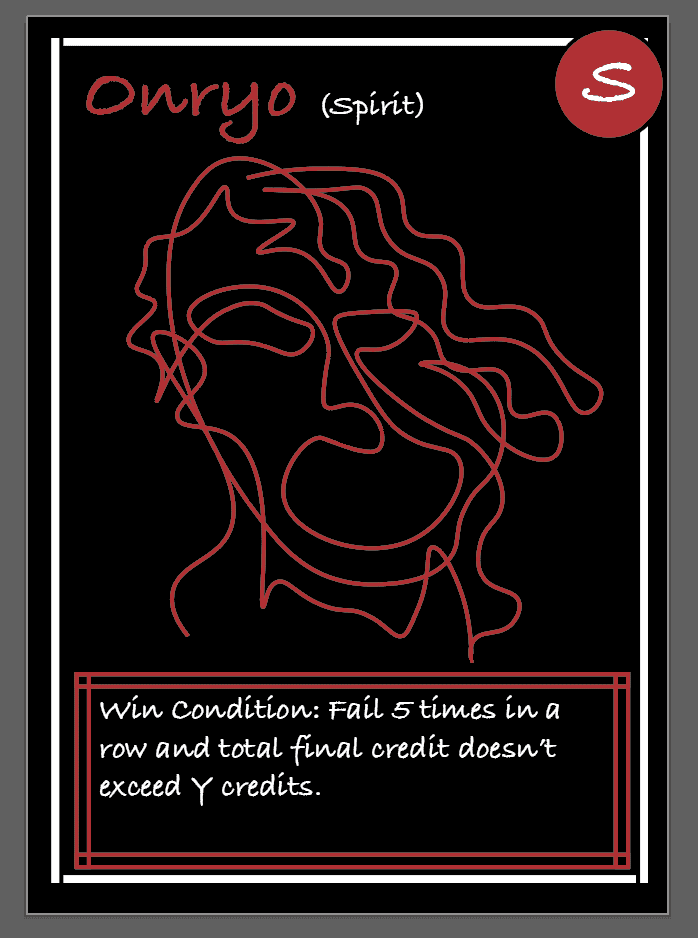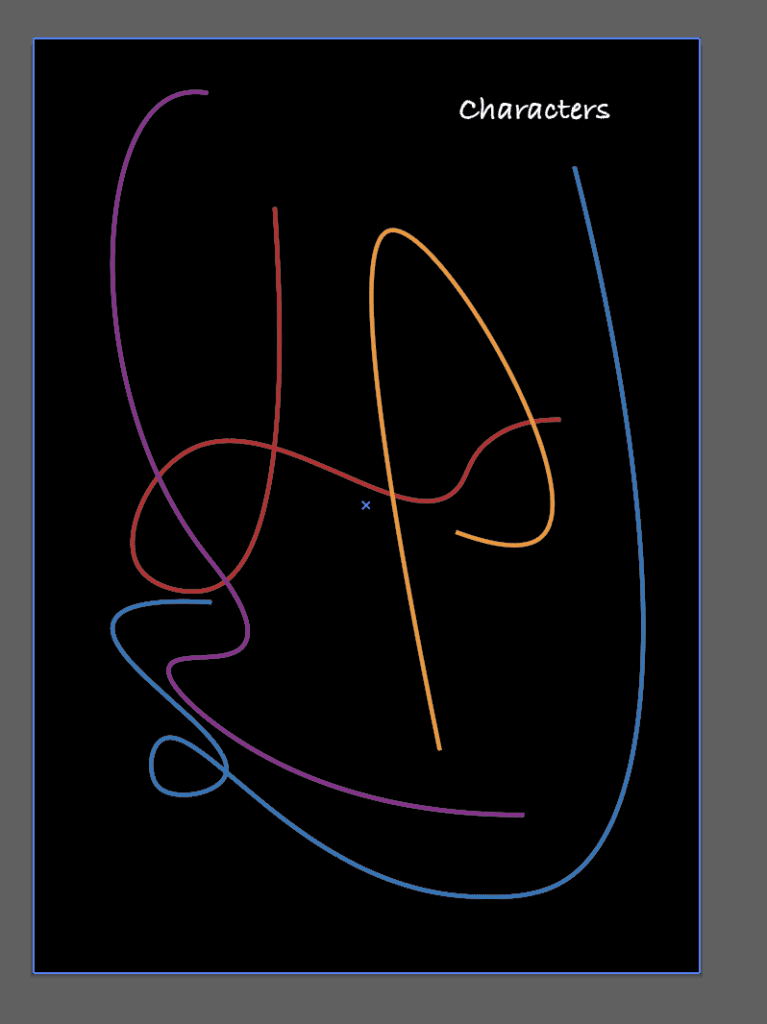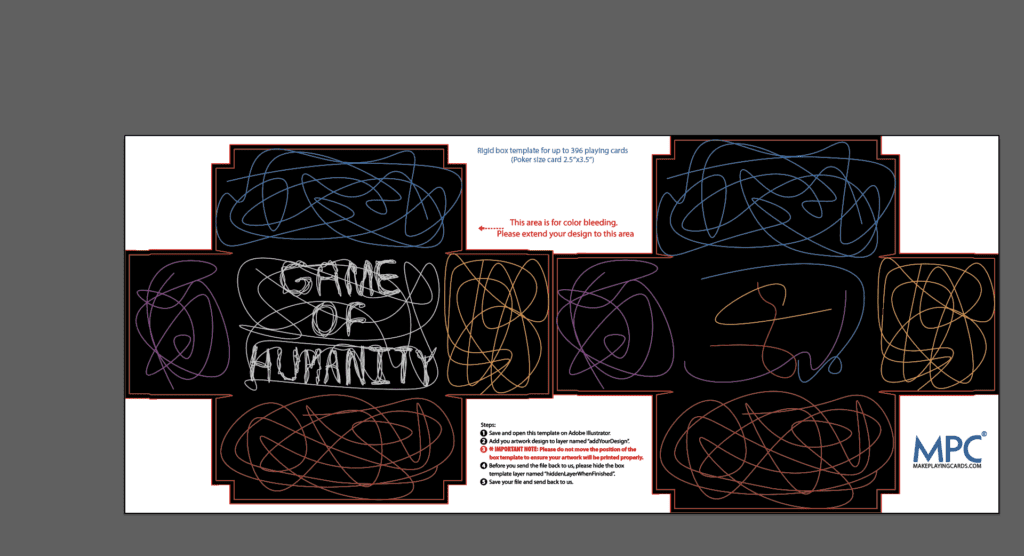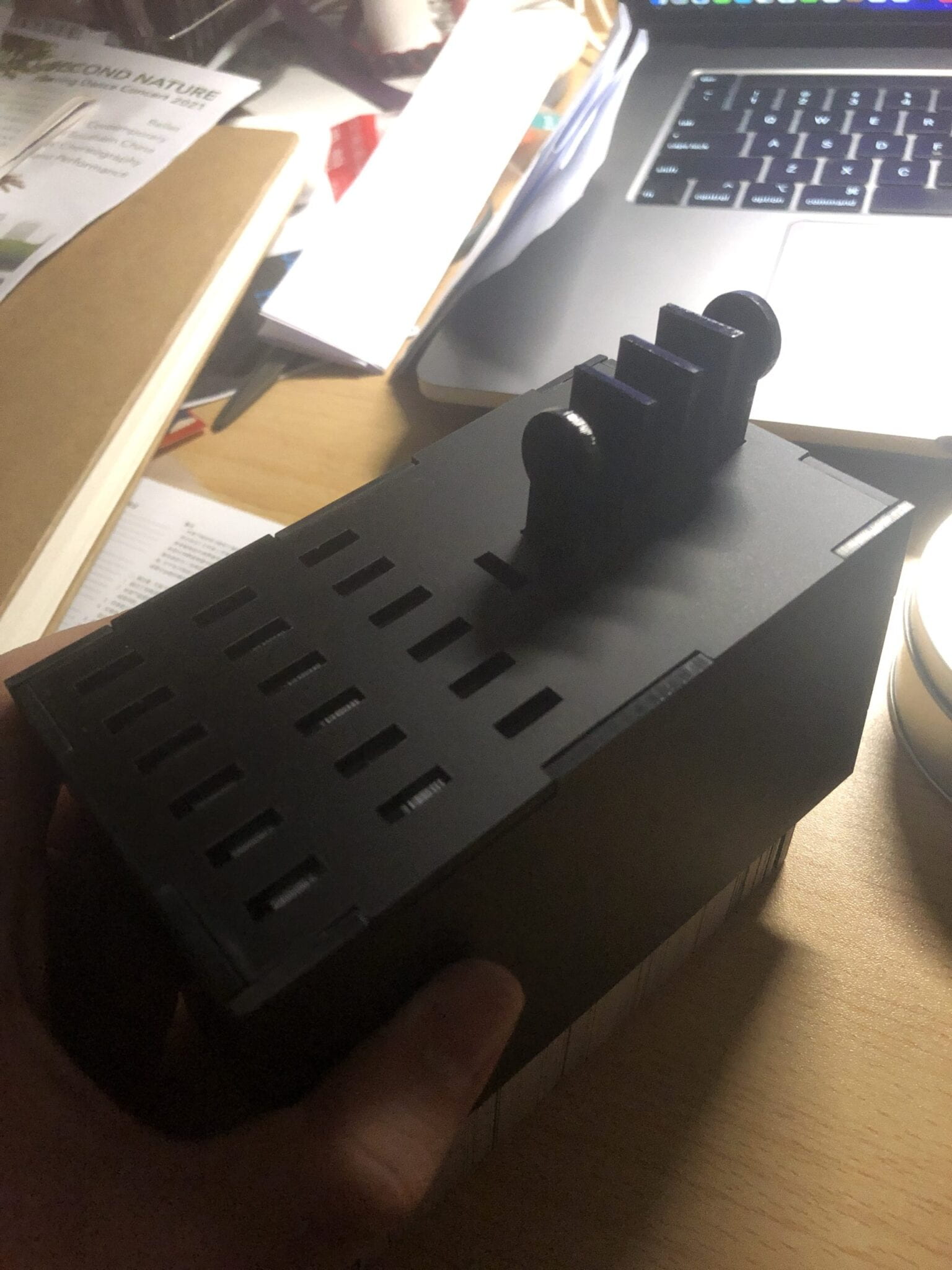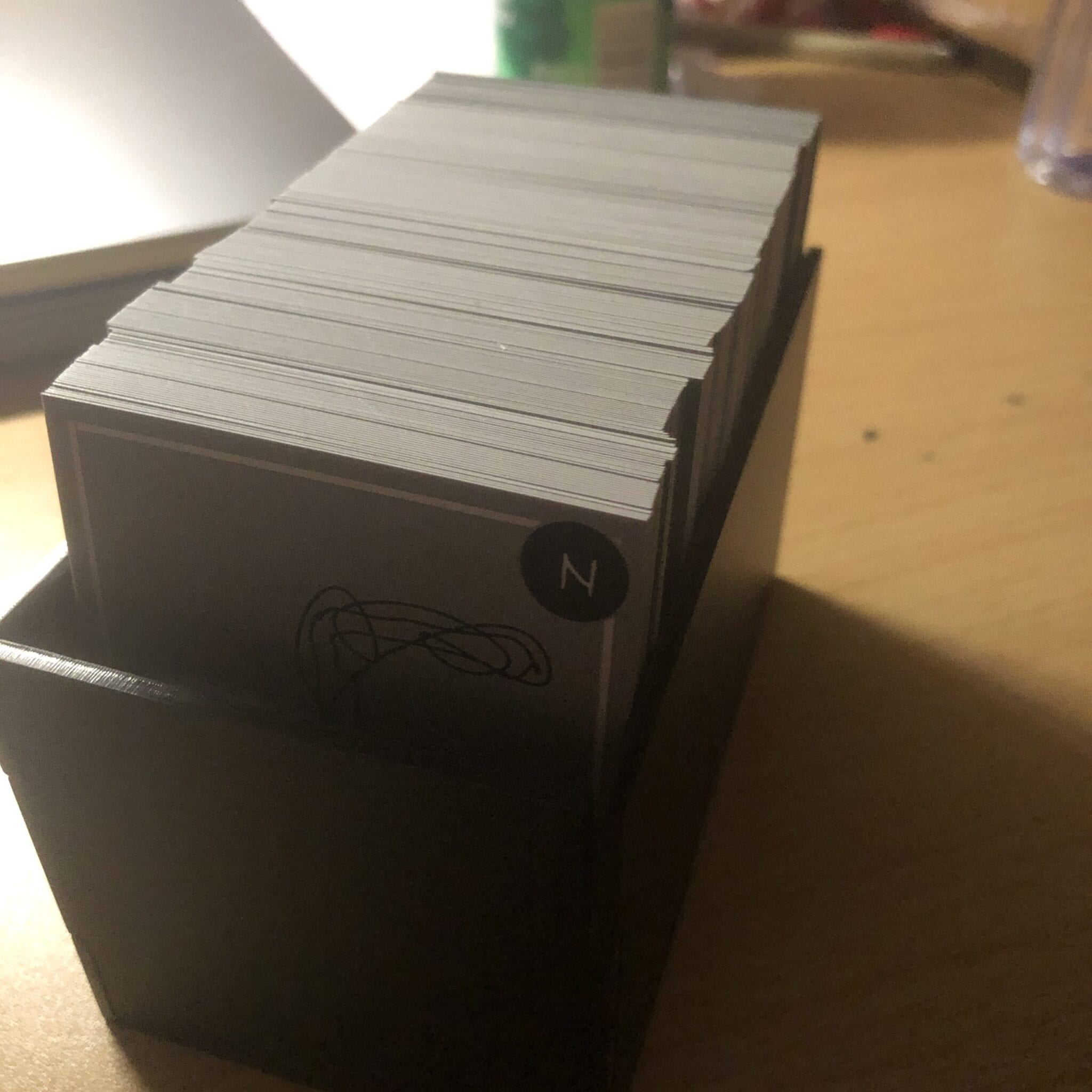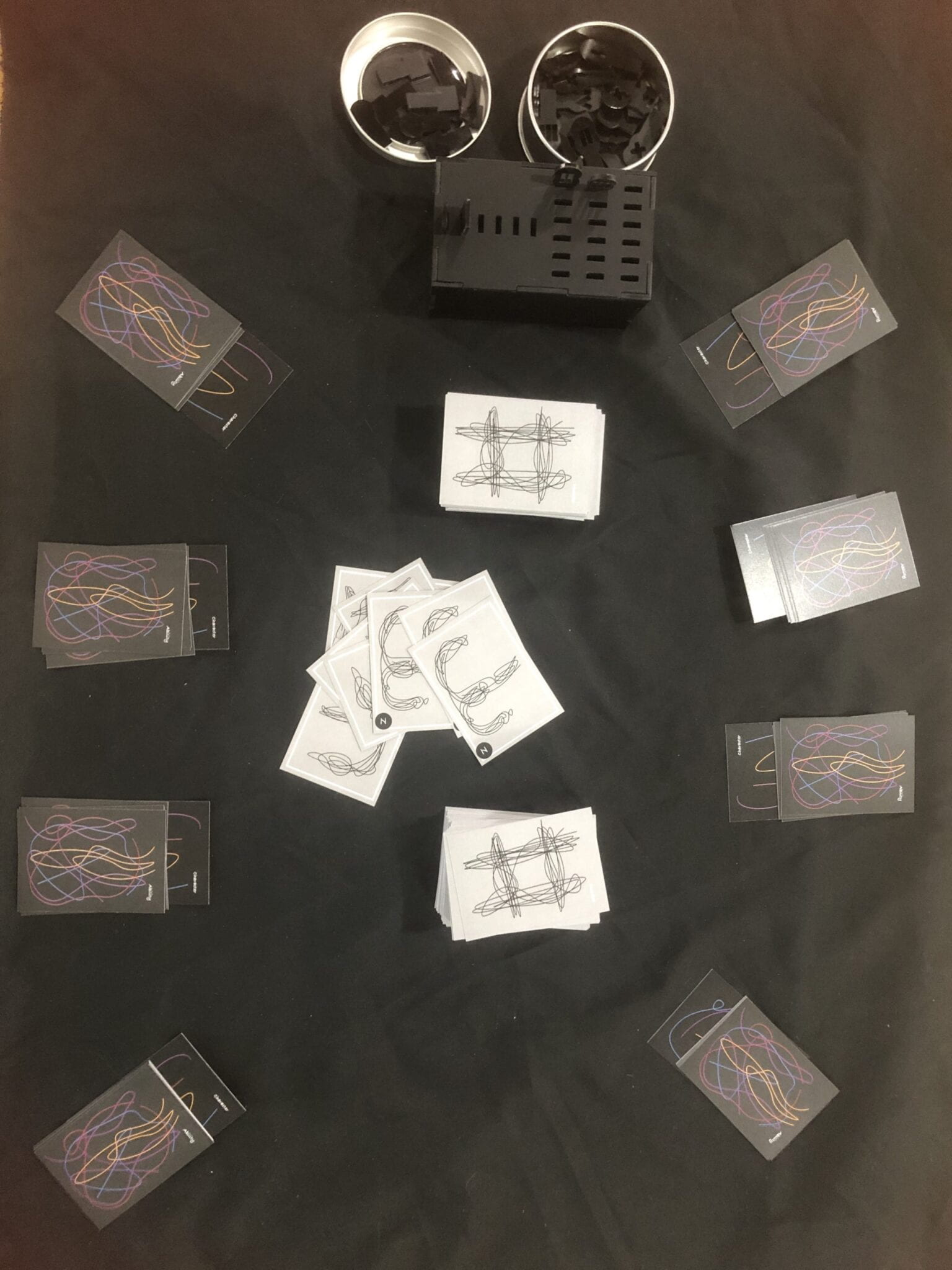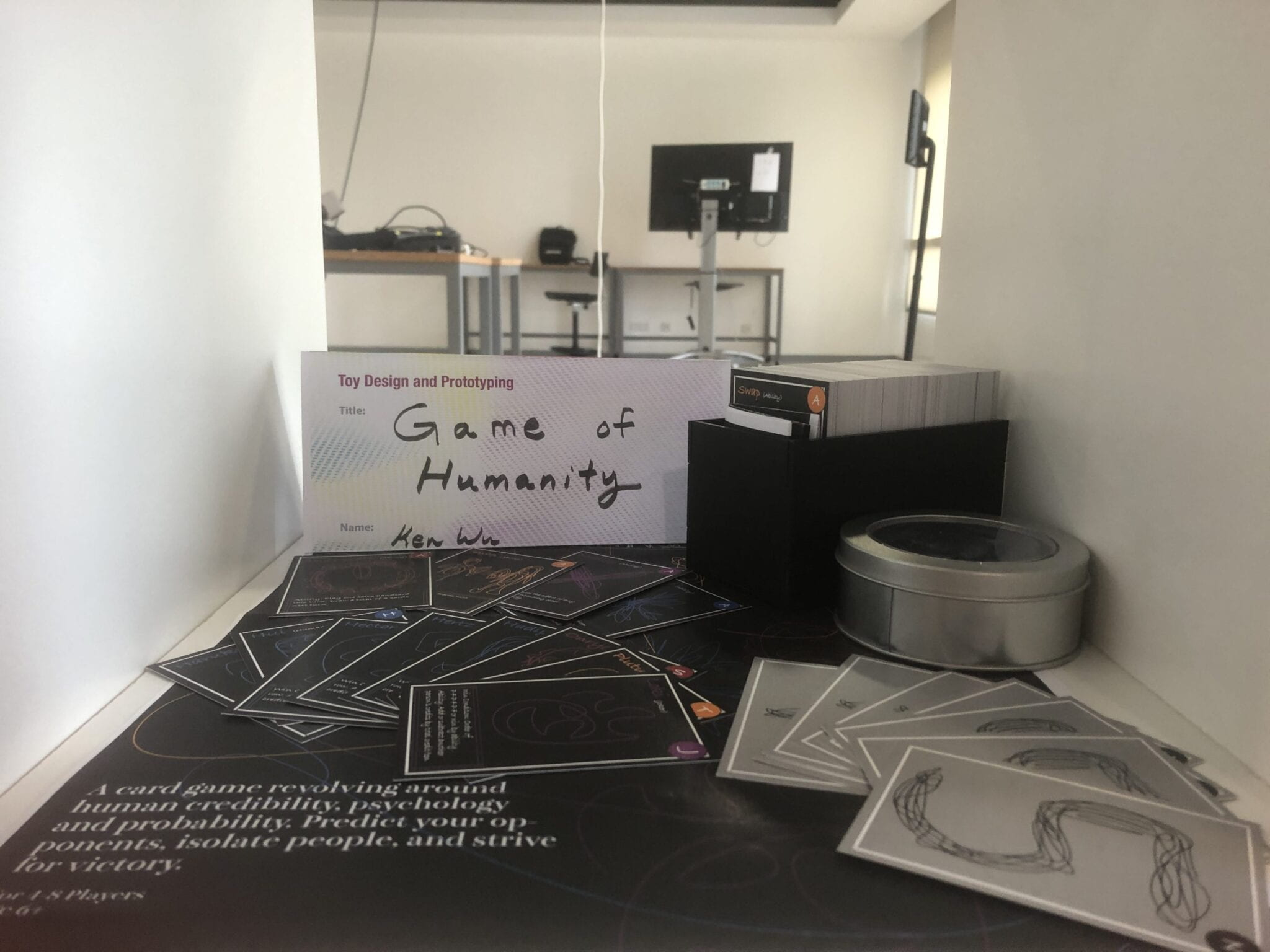Last Sunday, our team discussed our ideas for the art installation and I recorded them on paper. We also interviewed some of the community members and Angela recorded their words as some of them are speaking Shanghainese which Huaze and I didn’t understand. In this journal, we separated our works, and each of us was in charge of writing one part. I was in charge of part I, Angela was in charge of part II, and Huaze was in charge of part III.
I. Installation
For the journal and the idealization process, our group (New Garden) came up with three ideas that revolved around the concepts of the role of plastic in our environment and daily life. These include the creation of an enclosed space, a buddha statue, and the created experience of a secret garden. We thought about how our interaction with these physical objects or conceptual experiences and how replacing it with trash can advocate new meanings. All of these ideas will be listed below.
Idea 1:
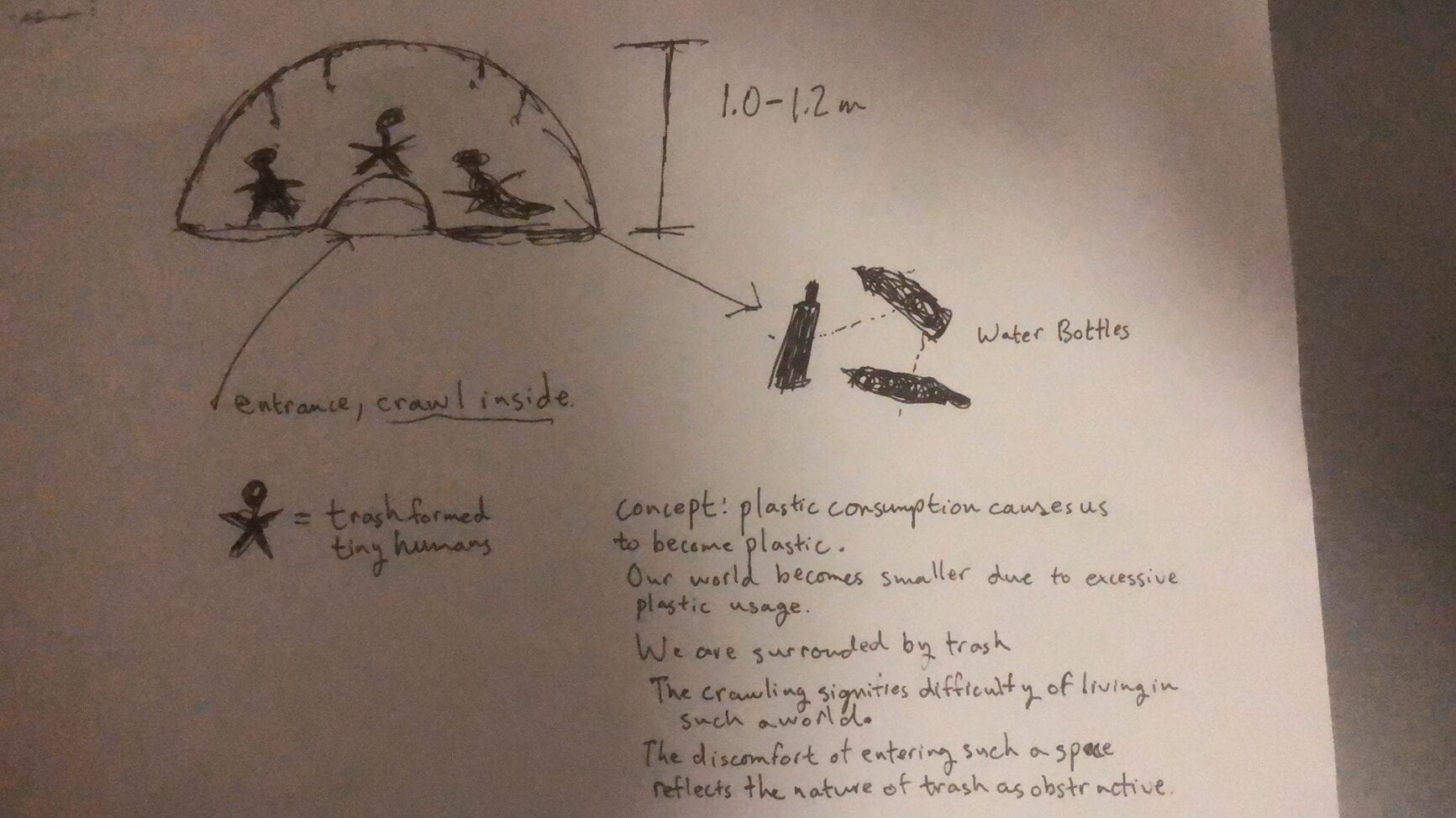
Name: Plastic World
What it is: The plan is to create an open half-sphere which will serve the purpose of an enclosed space that is approximately 2 meters in diameter and 1.2 meters tall which is created through tying water bottles together. This enclosed space will have an entrance in which the viewer/audience can crawl inside to experience this space. Within this space there will be mini human models that are formed by trash, mainly plastic, to show the nature of inhabitation on earth by humans.
Materials: Plastic bottles, litter (any e.g. plastic bags, paper bags, utensils, etc.), and strings.
How the materials are collected: We have already collected this trash and it is in a locker.
Concept: The concept of this installation is to first propose how plastic consumption causes us humans to become plastic in the first place, represented by the humans. To explore the effect of plastic on the world, we created it to be a smaller space, that’s hard to get into to represent our excessive plastic usage. This surrounding also represents how we are surrounded by trash to raise awareness of trash creation. Lastly, the interaction of crawling with the installation signifies the difficulty of living in such a world as it has already been shrinking our possible living space. This difficulty also brings with it, discomfort of entering such a space, reflecting the nature of trash as obstructive to our personal lives as well as to the world.
Idea 2:
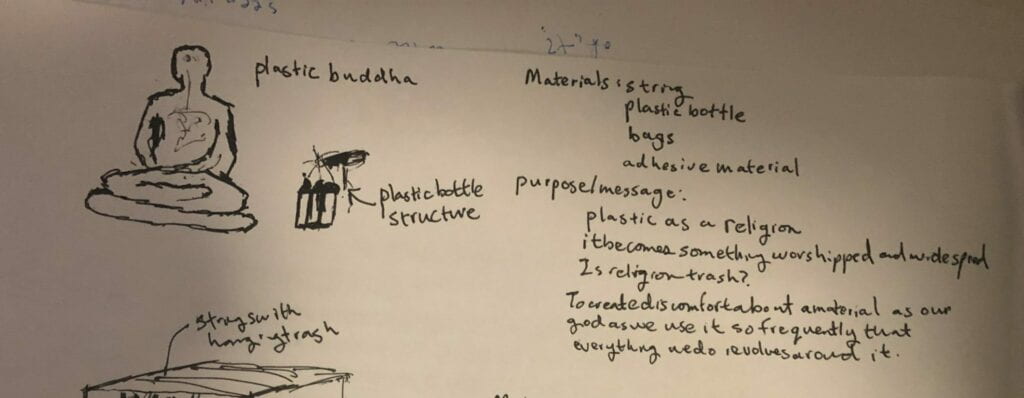
Name: Plastic Religion
What it is: The plan is to create a plastic interpretation of a Buddha statue meditating, approximately one meters in height. This is created with tying water bottles together as well as using trash for establishing this centralized core. This object isn’t one that interacts with the viewer physically, but interacts mentally with the viewer regarding the status of plastic as well as the relationship with religion.
Materials: Plastic bottles, litter (any e.g. plastic bags, paper bags, utensils, etc.), and strings.
How the materials are collected: We have already collected this trash and it is in a locker.
Concept: The concept of this installation is to first create the interpretation of plastic as a religion in which the materials that make the religious statue are plastic itself. This is meant to create the sensation that plastic, as a material, is something that is worshipped and widespread among society. Moreover with Buddhism being a more recognized and followed religion in China, it is meant to create a sensation of discomfort about the presentation of Buddha as plastic as it seems unjust and rather provocative to create this representation. It is thus argued that this discomfort should create awareness of our plastic consumption as it creates inquiry into what the role of plastic is in our lives. Is it trash or has this trash become our religion?
Idea 3:
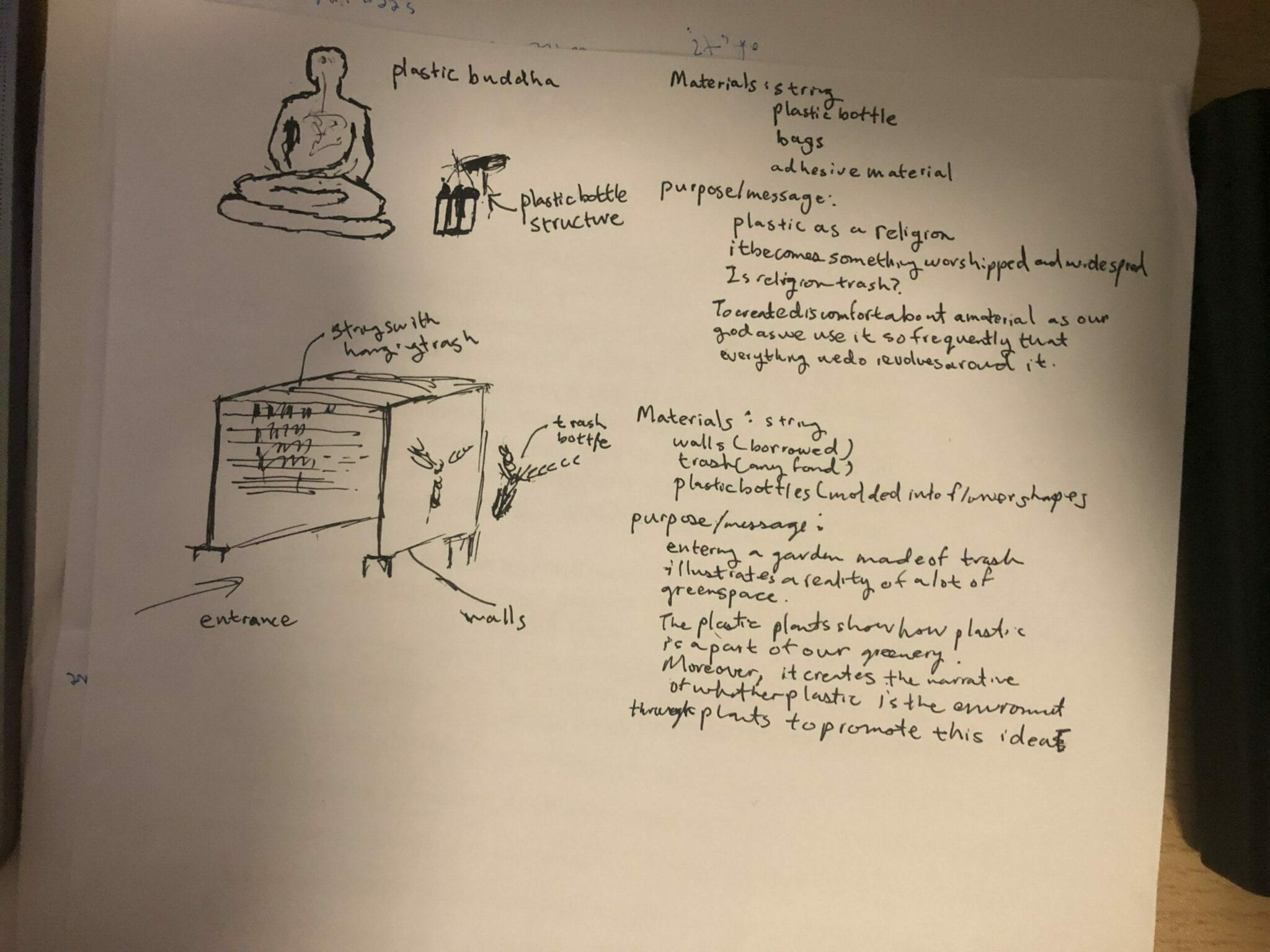
Name: The Secret Garden
What it is: The plan is to create an conceptual secret garden utilizing the fake walls of IMA studio and creating it to be like a laundry line where all the laundry is hung up. Rather than laundry, trash is hung as a part of the experience to get into the garden, exposing the audience to the trash of the garden. Once they reach the garden, it is a space where plastic is used to mimic a garden.
Materials: Plastic bottles, litter (any e.g. plastic bags, paper bags, utensils, etc.), and strings.
How the materials are collected: We have already collected this trash and it is in a locker.
Concept: The concept of this installation is to create a garden made of trash to illustrate a reality of a lot of greenspace in the world. Even in our experience of going to the new garden, there was trash everywhere. In this sense, we wanted to create the plastic garden of trash to promote awareness of this idea. Furthermore, the plastic plants in the garden are to show how plastic has become a part of our greenery and nature. It creates the narrative that plastic is the environment itself through the plants. Hence, in doing so, the focus of the garden becomes to be more of an awareness space of how trash consumption contributes to such an environment.
II. Community Research Progress
Last week, we conducted a workshop to teach members of the community about the waste problem and how they could recycle plastic bags. After the workshop, we had an additional interview using the 5 why principle taught in class by guest speaker Gabriele Tempesta with the community members who came . A problem we met was that it was difficult to ask more than 3 whys as people started to repeat things or talk about topics that are totally unrelated to the garden. Below were some main points we recorded during the interview.
(Conversation with Mrs. Lee)
Student: Can you talk about your daily routine? Especially the ones relate to our garden?
Mrs. Lee: Every morning, I go to the community space to do exercise and then go to the little garden to take a look.
Student: So why don’t you do exercise in the little garden? What is the problem?
Mrs. Lee: You know, the problem of high toss act has been existed in the little garden. Everyday, when I walk through the garden, I just can’t stop to think about I might be hurt by those rubbish so I walk really quickly and don’t stay at there long. I believe that many community members would have the similar idea and that’s why the little garden’s space could not be efficiently used.
Student: If the problem of high toss is frustrating to you, why do you still go to the garden everyday? Why you still like it?
Mrs. Lee: This is because that one of the people who throw rubbish from high floor has already been caught and the others are warned. Moreover, besides this problem, I feel the little garden is just like my home. It is well designed, and give me a warm feeling. The parking area for cars is quite large and has less probability for high toss problem. I like to go there.
(Conversation with Mrs. Yu)
Student: Can you talk about your daily routine? Especially the ones related to our garden?
Mrs. Yu: I walk in the garden with my mother who is 92 years old and sit on a wheelchair.
Student: Why do you like to do this activity in the garden?
Mrs. Yu: The garden is quiet and there are usually less people in the garden so I find it to be a good place. To further explain, the walking path is quite narrow. If there are too much people in the little garden, it would be difficult for me to walk with my mom who is sitting on a wheel chair.
Student: As you mentioned, there are usually less people in the garden, why?
Mrs. Yu: I believe that this is because the garden building program was finished in last winter and the government don’t let us to build a glass house which could make people feel less cold. When people first came to the garden and realized that it was too cold and uncomfortable to stay long, they left and didn’t form the habit to visit the garden frequently.
Student: However, since you have mentioned before that this is not a problem to you as you like how less people come to the garden, I wonder what’s the part you don’t like about the garden?
Mrs. Yu: I don’t like the parking lot and won’t walk my mom to there. I feel the air quality is not good there due to the cars. Moreover, the littering of trash actions from high floors is terrible.
Here are two main problems we concluded that occurred in the little garden
- Appearance Problems
-
- Inconsistency: The grape trellis and the pavilion is not at the same height.
- Out-dated Decoration: the lanterns are small and old; some of them are broken.
- Emptiness: The garden still seem quite simple and empty. There are not much flowers in the garden. Many places including the grass area and the downside part of the grape trellis could be added withe more flowers and other decorations.
- Messiness: there are some trash around the area as well as problem of incorrect parking.
- Usage Problems
-
- Safety Issue: The problem of high toss act threats people’s safety.
- Environmental Constrain: The climate and weather problem including too hot in summer, too cold in winter, and wet seats in rainy days makes people less likely to come. Too much Mosquitos is also a serious problem.
- Personal Difference: Different stake holders have different needs. For example, some residents like the garden to be quiet and simple as it is now while some others feel that more efficient usage of the garden would be better.
- Inconvenience: The incorrect car parking act cause people’s inconvenience as the roads in the garden are quite narrow and could be easily blocked.
In our opinion, the appearance problems are easier to be fixed while the usage problems are more important but hard to be fixed by using the techniques we learnt. Next week, We will discuss about choosing which and develop the ideas of our designs.
III. Storyboard
Drawing
The following picture presents the storyboard for documentary. It includes types of media, the name of the file, and the narration for each clip.
The overall organization of storyboard is as follows:

Introduction of New Garden
The overall components of New Garden
The comparison between the Garden that has not been transformed and the New Garden
Problems that we identified:
Lamps: Mr. Yu recommended us to make new lamps for pavilion.
Fallen hangers & trashes: there were surveillance cameras everywhere in New Garden, but the problems of fallen hangers and high-toss actions were not completely avoided.
Tea spot: Mr. Yu desired to set a tea spot in the pavilion and he wanted to avoid noisy activities such as playing chess, which was a common activity in the neighborhood.






